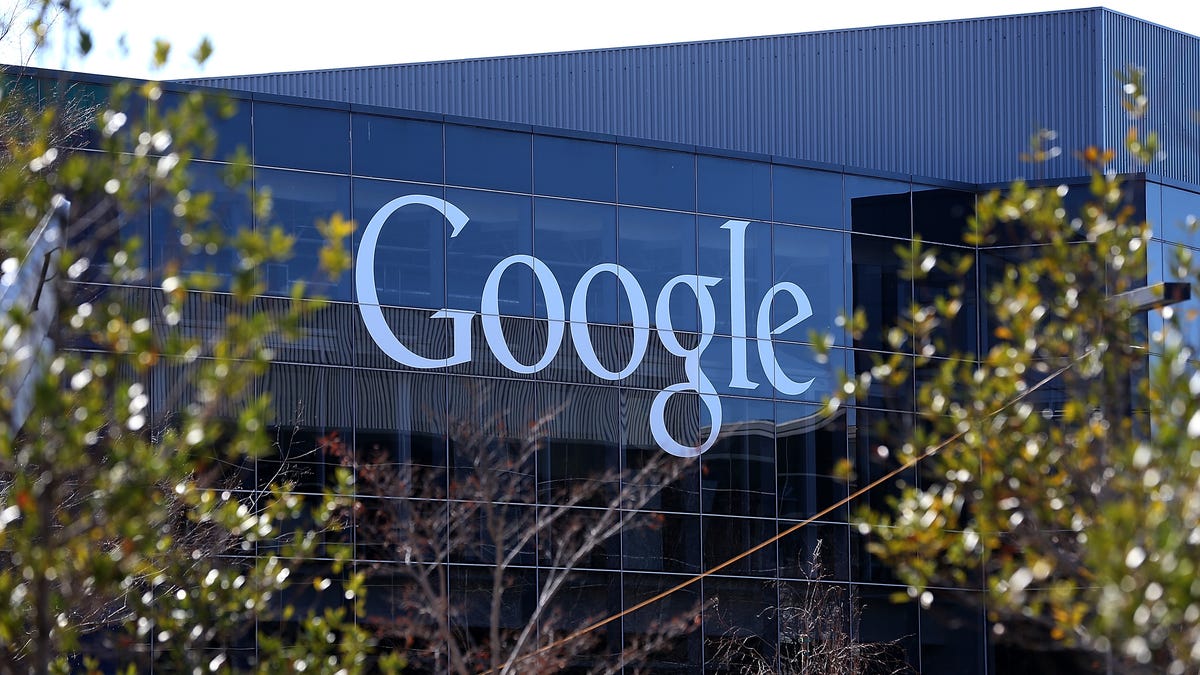Google's workplace-diversity efforts still show little progress
Women made up 1 percent more of Google's workforce in 2015 compared with the prior year, while the number of blacks and Hispanics remained the same, the company says.

Google's efforts to create a more diverse workforce is making slow progress in hiring more black, Latino and female employees, the web giant has revealed.
Women made up 31 percent of Google's workforce in 2015, up 1 percent from the previous year, according to figures the company released Thursday. Women also made up 21 percent of technical hires last year, up from 19 percent in 2014.
Google said it increased the percentage of new hires who were black or Hispanic, 4 percent and 5 percent, respectively. However, the overall percentage of nonwhite employees did not change in 2015 from the previous year, staying at 2 percent for blacks and 3 percent for Hispanics.
"We saw encouraging signs of progress in 2015, but we're still far from where we need to be," Google's vice president of people operations, Nancy Lee, wrote in a blog post.
When Google first divulged its diversity figures, in May 2014, it was one of the first big companies in Silicon Valley to do so. Other tech giants soon followed suit.
Silicon Valley has faced tough questions as the treatment of women and minorities in tech has become top of mind for the past several months. High-profile lawsuits and sexual-discrimination complaints have attracted additional scrutiny. But all this also speaks to how influential the sector has become, especially as it becomes a driving factor of the global economy and a model for employee benefits and health programs.

